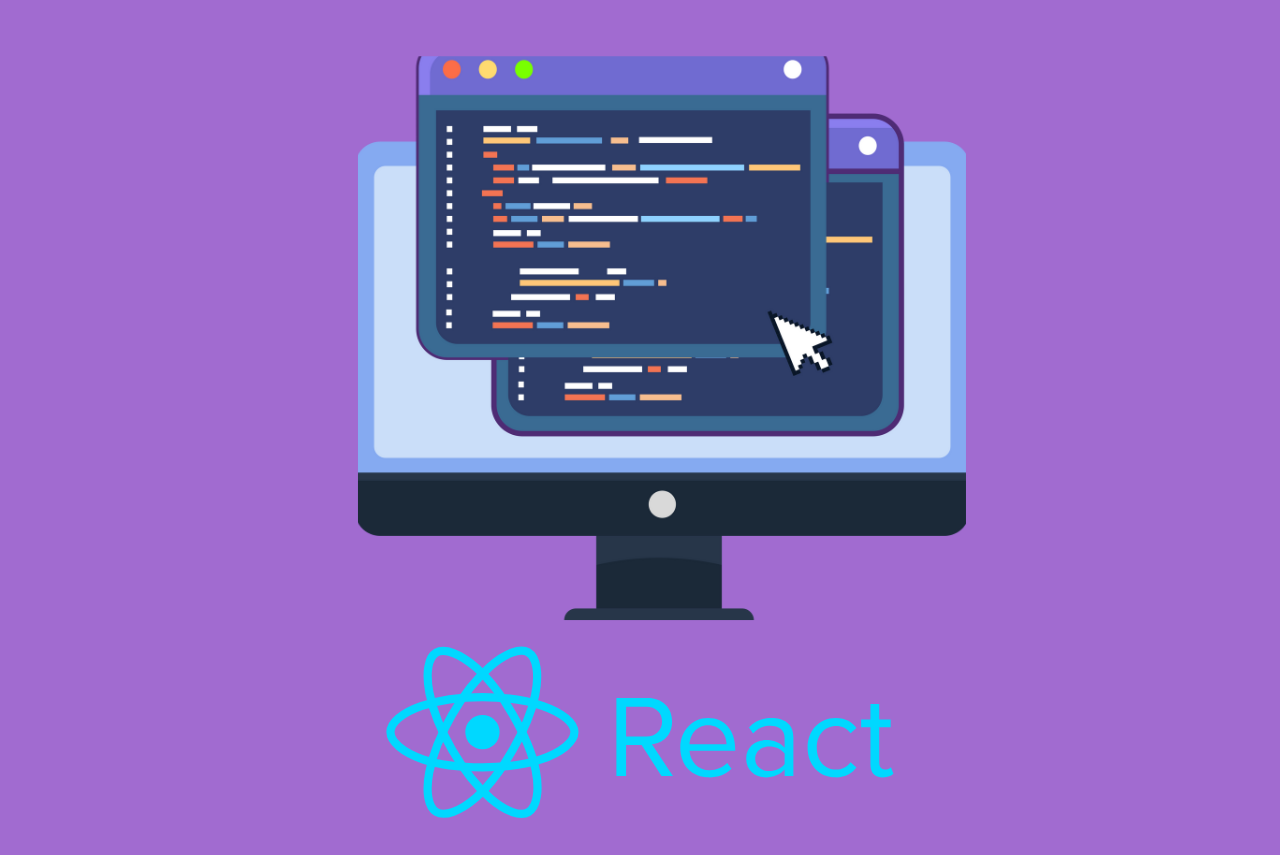
React JS
Instructor
assurance
Course Overview
React.js is a popular JavaScript library for building dynamic, user-friendly, and responsive web applications. It is maintained by Facebook and a community of developers. React allows developers to create reusable
components, making the development process efficient and the codebase easier to maintain.
React.js is a powerful tool for modern web development. Whether you’re building small components or large-scale applications, React’s simplicity and flexibility make it an indispensable skill for front-end developers.
What You Will Learn in ReactJS?
React Basics
- Introduction to React: Learn what React is and why it’s used in modern web development.
- JSX: Learn how JSX lets you write HTML structures in JavaScript.
- React Components: Understand functional and class components and their state/props management.
Setting Up Your React Environment
- Installing Node.js and npm: Learn about managing libraries in React projects.
- Setting Up a React Development Environment: Set up a project using Create React App or Vite.
State and Props Management
- State Management: Manage state with useState hook.
- Props: Pass data between components using props.
What You Will Be Able to Do After Learning React?
- Build Dynamic User Interfaces (UIs): Develop interactive UIs that update dynamically based on user interactions or data changes.
- Develop Single Page Applications (SPAs): Create SPAs where content updates seamlessly without full-page reloads.
- Manage Complex State and Data Flow: Handle local and global state management efficiently with tools like useState, useReducer, Redux, or React Query.
- Create Reusable and Modular Components: Write reusable components to organize code better and share them across multiple projects.
- Build Responsive and Mobile-Friendly Web Apps: Create responsive layouts that adapt to different screen sizes.
- Integrate with Backend APIs for Full-Stack Development: Fetch and display data dynamically using REST APIs or GraphQL.
- Optimize Performance for Large Applications: Use React.memo, lazy loading, and code splitting to enhance app performance.
- Implement Authentication and Authorization: Build authentication systems with JWT or Firebase Authentication.
- Develop with Modern JavaScript Features: Use ES6+ features and integrate them with React’s lifecycle and hooks.
- Write Unit and Integration Tests: Ensure reliability with Jest and React Testing Library.
- Deploy React Applications: Use platforms like Netlify, Vercel, or AWS for deployment.
- Collaborate on Team Projects: Use GitHub or GitLab for version control and team collaboration.
- Create Progressive Web Apps (PWAs): Add offline capabilities using service workers.
- Explore Advanced Topics: Learn SSR with Next.js, Static Site Generation, or TypeScript integration.
Course Duration
6 months
Mode of Course
- Online
- In Person
Course Content
-
React Tutorials
-
-
React Introduction
-
React Version
-
React Installation
-
React create-react-app
-
React Features
-
Pros and Cons
-
AngularJS and ReactJS
-
ReactJS and React Native
-
React vs. Vue
-
React JSX
-
React Components
-
React State
-
React Props
-
React Props Validation
-
React State Vs. Props
-
React Constructor
-
React Component API
-
React Component Life-Cycle
-
React Forms
-
React Controlled Vs. Uncontrolled
-
React Events
-
React Conditional Rendering
-
React Lists
-
React Keys
-
React Refs
-
React Fragments
-
React Router
-
React CSS
-
React Animation
-
React Bootstrap
-
React Map
-
React Table
-
React Higher-Order Components
-
React Code Splitting
-
React Context
-
React Hooks
-
React Flux Concept
-
React Flux Vs. MVC
-
React Redux
-
React Redux Example
-
React Portals
-
React Error Boundaries
-
-
React Misc
-
Loop Array in React JS
-
React Axios Delete Request Example
-
React Multiple Checkbox
-
React-icons
-
React Date Picker
-
React Helmet
-
Inline Style in React
-
jQuery vs. React
-
ReactJS Architecture
-
ReactJS PropTypes
-
BrowserRouter in React
-
React vs. Svelte
-
Button in React
-
What is Dom in React?
-
Unit Testing in React
-
Carousel in React
-
React-Paginate
-
What is the useState in React?
-
React Time-Picker
-
React.js Vs. Node.js
-
- React ES6
- React Hooks

